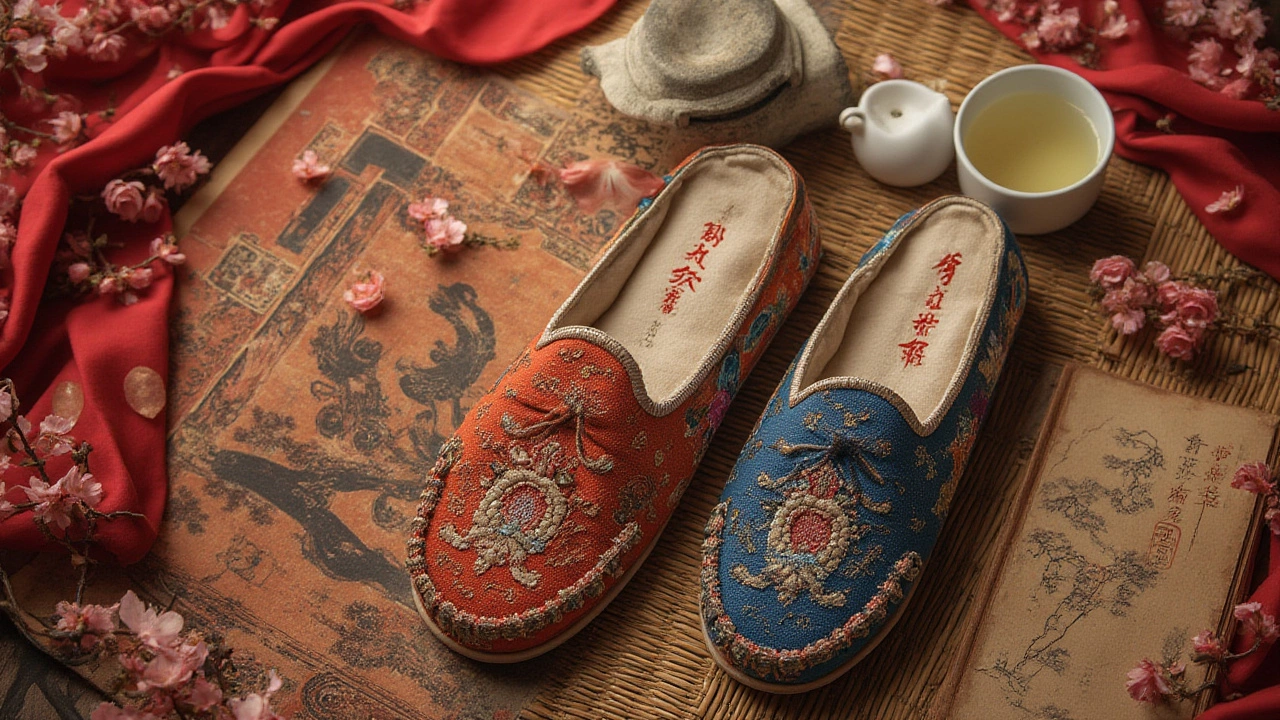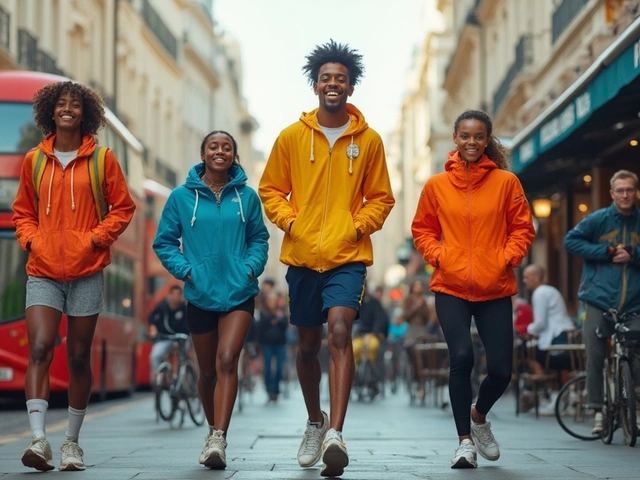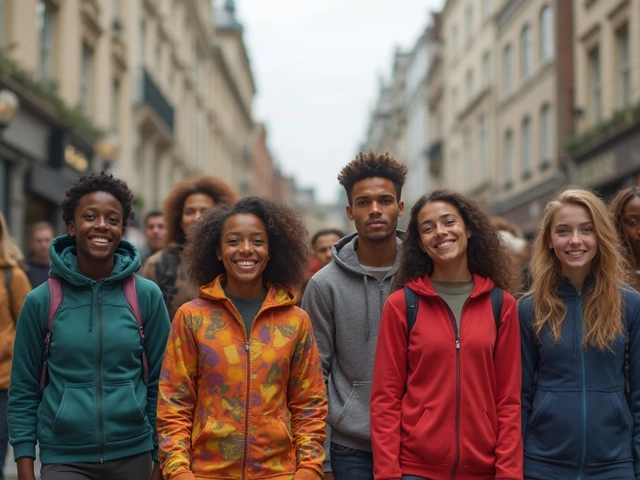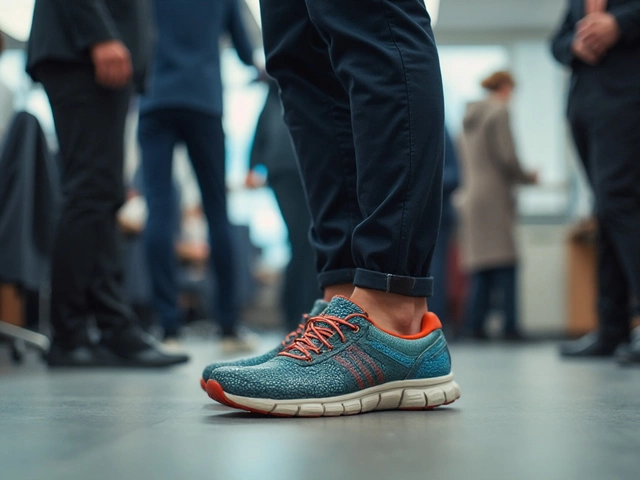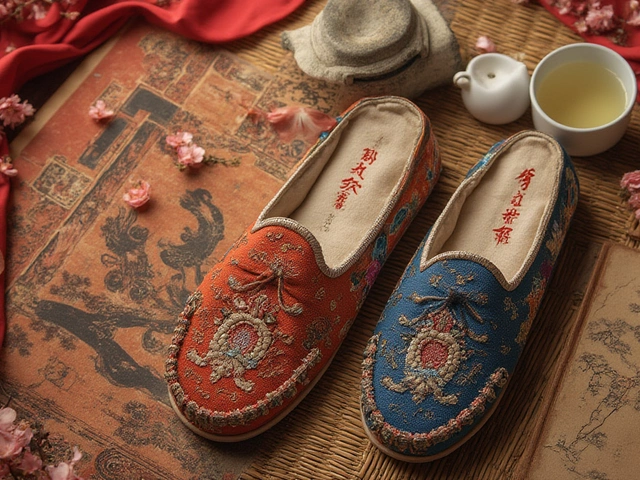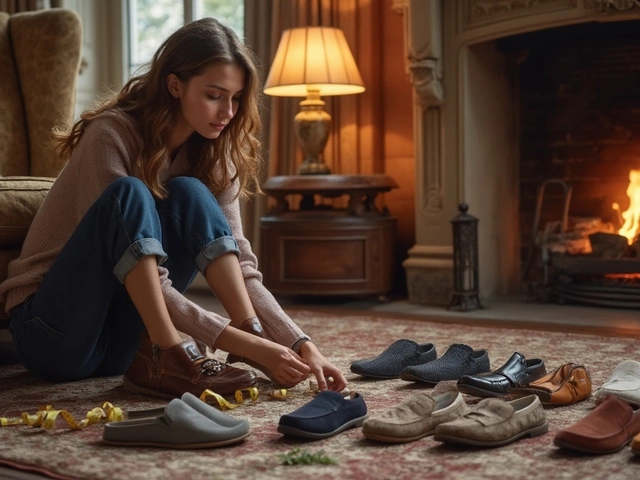Out at a Chinatown market or browsing online stores, you might spot those flat, simple canvas shoes with a wispy rubber sole and wonder, "What are Chinese slippers really called?" Some call them Kung Fu shoes. Others say cloth shoes. But there's more to their story than meets the eye, and understanding their names is like following a thread through centuries of Chinese culture and style.
The Real Names for Chinese Slippers
So what are these easy-going, versatile slippers known as in their homeland? In Mandarin, they’re typically called "布鞋" (bùxié), which literally means 'cloth shoes.' But you’ll also hear "功夫鞋" (gōngfū xié, or Kung Fu shoes) or "千层底" (qiān céng dǐ), hinting at their 'thousand-layered sole'. Don’t be surprised if you see them listed as 'Hanfu shoes'—especially when paired with traditional clothing—or even 'martial arts shoes' when talking to practitioners of Tai Chi, Wushu, or Kung Fu. These names have stuck because Chinese slippers aren’t just house shoes. They’re a mashup of tradition, function, and everyday style—and each name tells a different story about who wore them and why.
The simplest version, bùxié, shows up in street markets as well as high-end boutiques in Shanghai. They're considered timeless. Their signature features? Cloth uppers, flexible bodies, and outsoles made from either stitched-together layers of cotton or low-key rubber (in modern pairs). Styles can be slip-on or have elastic straps—those famous Mary Jane style versions are a nod to both schoolkids and martial artists. That dual identity makes them easy to find in places selling anything from folk costumes to martial arts gear.
Names like 'Peking Opera slippers' or 'embroidered slippers' pop up when talking about more ornate versions with silk threads and decorative motifs. And don’t miss "绣花鞋" (xiùhuā xié), literally 'embroidered shoes,' especially for women’s pairs with intricate patterns. Watch for them in festival parades or vintage dramas—everyone from emperors to farmers walked in some version of these shoes. So, next time you're unsure what to call Chinese slippers, 'cloth shoes' or 'Kung Fu shoes' are safe bets, but the Chinese term 'bùxié' is as authentic as it gets.
The Roots and History of Chinese Slippers
Grab any history book on Chinese everyday life, and you’ll see these slippers go way back—over 2000 years, in fact. During the Han Dynasty (202 BCE–220 CE), cloth shoes became popular because leather was expensive and reserved for the wealthy or military. In the Tang (618–907), people started adding embroidery, turning daily footwear into an art form. Even today, certain regions are famous for their embroidery styles—the Suzhou region, for example, is world-renowned for silk pattern slippers. These shoes weren’t just for comfort; they carried family wishes, folk legends, and even political symbols sewn right into the fabric. There are tales of embroidered mandarin ducks for love or bats for happiness decorating wedding slippers, or lotus flowers signaling purity on a scholar’s pair.
But here’s a twist—not all Chinese slippers were strictly for the home or ceremonial stuff. During the Qing Dynasty (1644–1912), martial artists adopted lightweight cloth shoes because they were quiet (huge plus for stealth, right?) and flexible enough for fast moves. This led to the birth of the "Kung Fu shoe," with its thin, tough soles that gripped dusty temple courtyards. If you’ve ever watched Bruce Lee or Jackie Chan, you’ve seen these slippers in action—fast, silent, and comfortable enough to wear all day, even while doing roundhouse kicks.
Fast forward to 20th-century China, mass production turned these once-handmade shoes into everyday staples for just about every walk of life. From students lining up for morning roll call to workers biking across town, everyone wore some version of bùxié or qiān céng dǐ. They’re so stitched into daily life that you’ll see them in both old wedding photos and grainy black-and-white factory images. And while the global market now calls them everything from 'martial arts shoes' to 'Tai Chi slippers,' the traditional Chinese spirit is all over every pair.
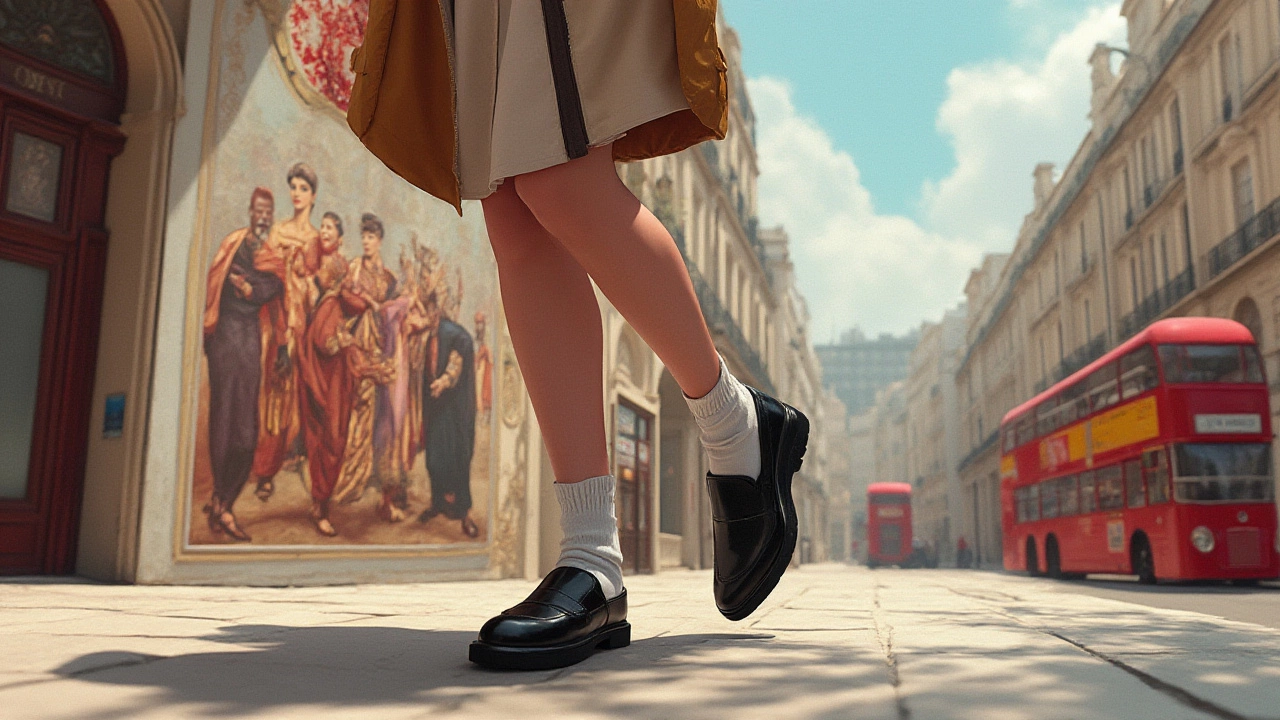
How Chinese Slippers Are Made: From Hand Stitching to Modern Styles
Walk into an old-school shoemaker’s shop in China, and you’ll get a peek at some seriously cool craftsmanship. Traditional Chinese slippers, especially the thousand-layer variety, don’t come off an assembly line. They start with layers of cotton, hemp, or rags stacked up and stitched together—sometimes with straw or rope in the mix. Some families would even recycle bits of bedding or old clothes for the inner layers. This is why the shoes are soft and breathable but also shockingly durable, even on rocky roads or wooden floors.
The uppers are cut from sturdy cotton or silk, shaped for a snug fit, and then joined to the sole with painstaking hand stitches. It's not just about the fabric—sometimes you'll see embroidered flowers, birds, or even carp swimming across a shoe. These aren’t random decorations, either. In China, embroidery has always been used to send messages or bring luck. Shoes for kids might have tigers for protection. Bride’s slippers? Expect lotus blossoms and peonies. Every stitch tells a story.
If you’re looking at modern versions, the production takes a turn toward convenience. These days, machine-stitched slippers often swap out fabric soles for thin but tough rubber. That tweak means you’ll spot contemporary Kung Fu slippers being worn on city streets as much as Tai Chi mats or dojos. The elastic strap and lightweight body? They make these shoes slip on fast and hold tight during quick moves. No wonder they’ve found fans outside China too—think dance studios, yoga classes, and eco-conscious folks looking for minimalist footwear.
Ever tried on a pair? The feeling is different than any Western slipper. They hug your feet, don’t slip or slide, and, thanks to the fabric, let your skin breathe. Keeping them clean is easy: a gentle wash (hand-washing is best for embroidered pairs), and they’ll dry out in a breeze. If you want a bit of extra style at home, embroidered slippers can go from pajama party to living room selfie in zero time.
Practical Tips: How to Choose and Wear Chinese Slippers
If you’re ready to try a pair, picking the right type depends on where you’ll wear them and what look you’re after. Need something classic for lounging at home or pairing with pajamas? Go for the simple cloth version, usually all-black or deep blue, sometimes with basic stitching around the sides. If you’re aiming for vintage style or need something for a festival or cultural event, try the embroidered or even silk slippers. These make a strong style statement, especially with traditional Chinese clothing or a unique evening outfit.
Thinking about martial arts or dance classes? The signature Kung Fu slipper with its thin, tough rubber sole is the way to go. These work as indoor shoes too; their thin profile means you won’t mark floors or trip on curled edges. For kids, make sure to check sizing carefully—Chinese brands tend to run small, so sizing up is a safe move. And if you want extra grip for slick floors, rubber-soled versions are worth hunting for.
Caring for Chinese slippers is easy but demands respect for the material. Embroidered and silk slippers shouldn’t go in the machine—hand wash or spot-clean, then let them air dry away from strong sun. Canvas or basic cloth versions can handle a gentle cycle, but always skip the dryer. Got stubborn stains? Try dabbing with dilute vinegar and water—a tip passed down in Chinese households. If you want them to last, keep a pair just for indoor use. And don’t hesitate to wear them outside; modern versions hold up just fine on pavement or garden paths, and their breathability means no sweaty feet, even in summer heat.
So, the next time someone points at your shoes and asks, "What kind are those?" you’ve got the answer: bùxié, Kung Fu shoes, Hanfu slippers. Whether you’re after tradition, comfort, or just the right blend of style and practicality, Chinese slippers pack way more history and versatility than you’d ever guess from their simple look. Walk a mile in them and you’ll understand why they’re still turning heads—from ancient dynasties to today’s city streets.
